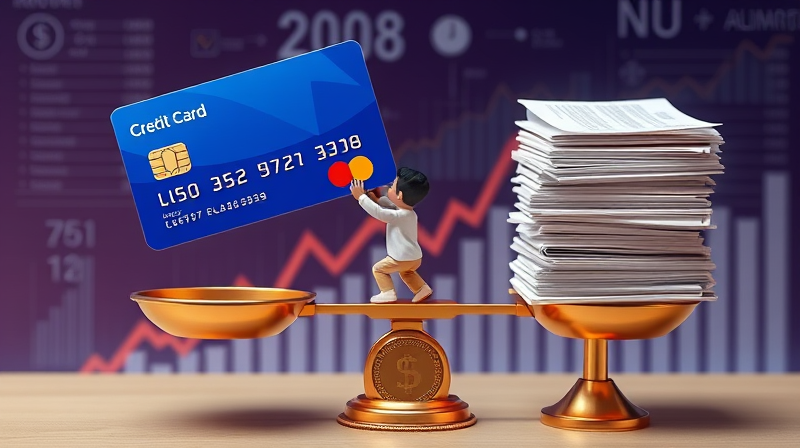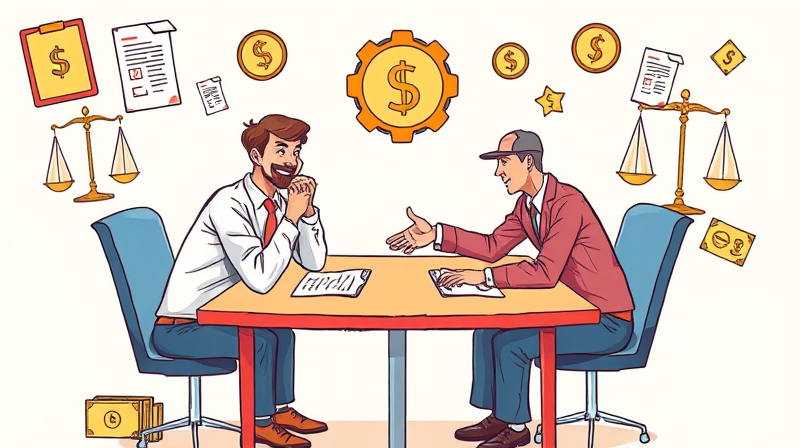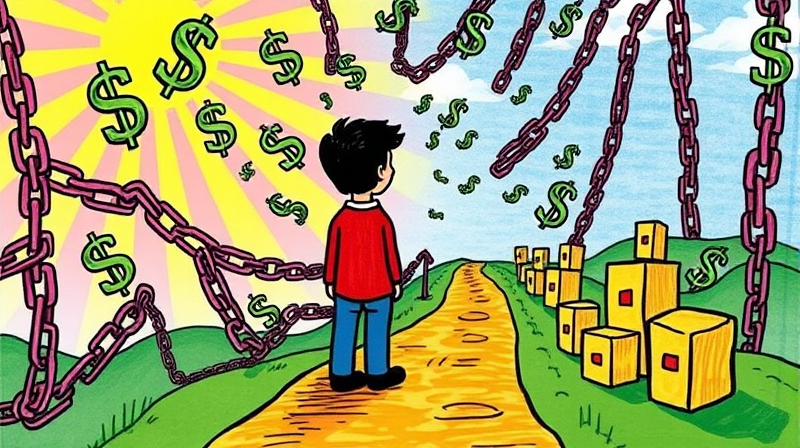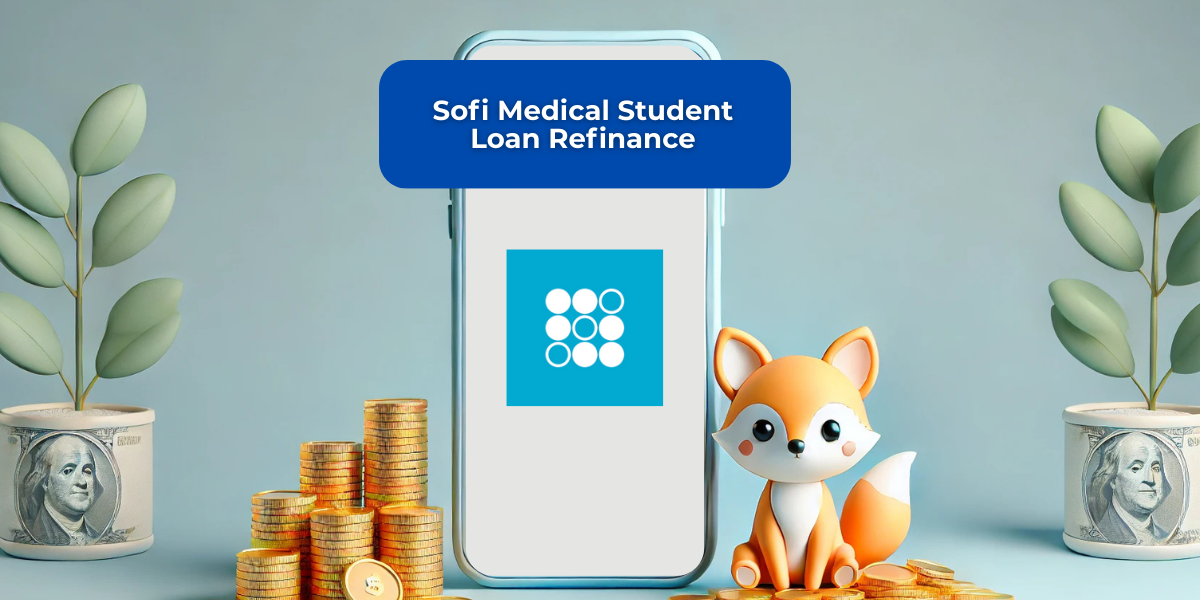In the United States, total household debt exceeded $18.04 trillion in the fourth quarter, spanning mortgages, auto loans, student loans, credit cards, and more. While debt can be a tool to build homes or finance education, the specific terms of a loan — interest rates, repayment periods, collateral requirements, and payment flexibility — determine whether that tool chisels away at your wealth or propels you forward. Poorly structured loans can trap families in cycles of mounting balances and worsened financial and health outcomes. Understanding these terms is the first step toward taking control of your finances and securing a healthier future.
Research shows that 70% of Americans struggle with their finances, often relying on credit to make ends meet. Households carrying student loans, for example, have only a 19% chance of being classified as 'financially healthy'. Beyond the balance sheet, debt can levy a hidden tax on our well-being, contributing to stress, anxiety, and even physical ailments. This article will navigate the complexities of loan terms and offer practical, empowering strategies to turn the tide.
Understanding the Building Blocks of Loans
Every loan consists of several components that shape its cost and risk profile. Before signing any agreement, familiarize yourself with:
- Percentage of the borrowed amount charged annually indicates cost of borrowing and dictates total interest paid.
- Length of time to repay your entire loan balance influences monthly costs and overall interest burden.
- Assets you pledge as security for your loan determine whether the loan is secured or unsecured.
- Terms governing fixed or adjustable payment schedules and associated penalties for late payments.
- Additional fees, origination charges, and compounding methods that increase how much you repay.
The Hidden Costs of High-Interest Financing
When interest rates climb, even small rate differences can translate into thousands of dollars over the life of a loan. Consider two auto loans: one at 3% APR for five years and another at 6% APR for seven years. Though the lower rate loan has higher monthly payments, its total interest cost is far lower. Similarly, a 30-year mortgage at 4% APR may have an attractive monthly payment, but over three decades you could pay more in interest than the original loan amount.
By comparing term lengths and APRs, borrowers can chart a path to long-term financial stability. When shopping for loans, ask lenders for an amortization schedule and calculate the total interest. Small changes, like shortening a mortgage by a year or refinancing at a lower rate, can save tens of thousands over decades.
The Psychological and Physical Toll of Debt
Debt is not just an account balance; it can weigh heavily on mental and physical health. Studies have documented a dose-response relationship between unsecured debt and negative health outcomes. Adults with high unsecured balances are more likely to report stress, anxiety, and depression. In fact, households facing large debt-to-asset ratios have higher rates of high blood pressure, obesity, and even lower life expectancy. The strain can lead to sleep disturbances, weakened immune function, and an unwillingness to seek medical care due to cost concerns.
Recognizing the link between loans and well-being is essential. By acknowledging how your financial obligations affect mood and health behaviors, you can prioritize debt reduction and self-care. This dual focus can break the cycle of financial strain and poor health, helping you reclaim both your wallet and your well-being.
Spotting Dangerous Loan Terms
Not all debt is created equal. Some loans carry hidden traps that can entangle borrowers in cycles of ever-growing balances.
- Payday loans with annualized rates exceeding 300%.
- Personal loans labeled as no credit check that carry sky-high APRs.
- Credit cards with steep penalty interest rates for late payments.
- Variable rate loans with rates that can spike unpredictably.
- Loans with balloon payments that demand a lump sum after a low introductory period.
Strategies to Regain Financial Control
Even if your current loan terms are unfavorable, there are steps you can take to improve your situation. Start by reviewing your credit report and score. A stronger score unlocks access to lower interest rates and better repayment options. Next, consider:
- Negotiating with your lender to reduce your interest rate or extend your term.
- Refinancing high-rate loans into a single, lower-interest product.
- Exploring formal repayment plans, such as income-driven student loan options or Chapter 13 bankruptcy restructuring.
- Building an emergency fund to avoid relying on credit during cash-flow gaps.
- Enlisting the help of a certified credit counselor for personalized advice.
By taking these steps, you can implement a strategic debt reduction plan that reduces balances and frees up monthly cash flow.
Policy Solutions and Community Support
Government interventions and community programs can offer relief when market loans become unmanageable. Expansions in responsible credit management in daily life often hinge on policies like Medicaid expansion, the Earned Income Tax Credit (EITC), and Supplemental Nutrition Assistance Program (SNAP). These benefits boost disposable income and reduce reliance on expensive short-term credit.
During the COVID-19 pandemic, moratoriums on evictions, student loan forbearance, and stimulus payments dramatically lowered defaults and decreased the use of payday loans. Evidence suggests that households with access to robust social safety nets report better financial and health outcomes, proving that smart public policy can safeguard families from harmful debt cycles.
Embracing Long-Term Financial Wellness
Debt, when managed wisely, can be a springboard toward opportunity. By understanding loan components, spotting predatory terms, and leveraging both private and public resources, you can navigate the credit landscape with confidence. Remember to monitor your credit score, maintain an emergency fund, and seek professional advice when necessary.
Ultimately, the journey to financial health is not a sprint but a marathon. Cultivate patience and discipline, and recognize each loan term as a step toward—or away from—your broader life goals. With diligence and informed decision-making, you can protect your mental health from stress and build a future anchored in resilience and prosperity.
References
- https://www.apha.org/policies-and-advocacy/public-health-policy-statements/policy-database/2022/01/07/the-impacts-of-individual-and-household-debt-on-health-and-well-being
- https://finhealthnetwork.org/financial-health-pulse-2024-70-of-americans-remain-financially-unhealthy-as-day-to-day-financial-health-weakens-middle-income-households-hit-especially-hard/
- https://www.newyorkfed.org/microeconomics/hhdc
- https://pmc.ncbi.nlm.nih.gov/articles/PMC3718010/
- https://www.wolterskluwer.com/en/expert-insights/what-banks-look-for-when-reviewing-a-loan-application
- https://www.uscourts.gov/court-programs/bankruptcy/bankruptcy-basics/chapter-13-bankruptcy-basics










